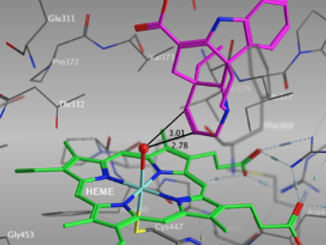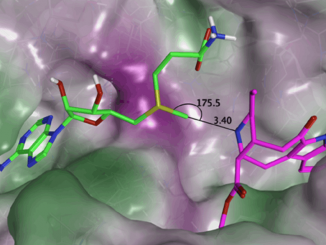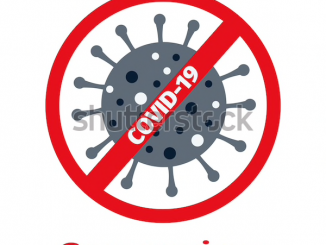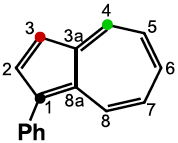
Biosynthesis paper #2
In collaboration with Prof. Yang Qu (UNB), we identify and characterize three new cytochrome P450 (CYP) enzymes that facilitate regio- and stereospecific oxidation of four monoterpene alkaloid (MIA) skeletons: iboga, aspidosperma, pseudoaspidosperma, and quebrachamine. From […]









